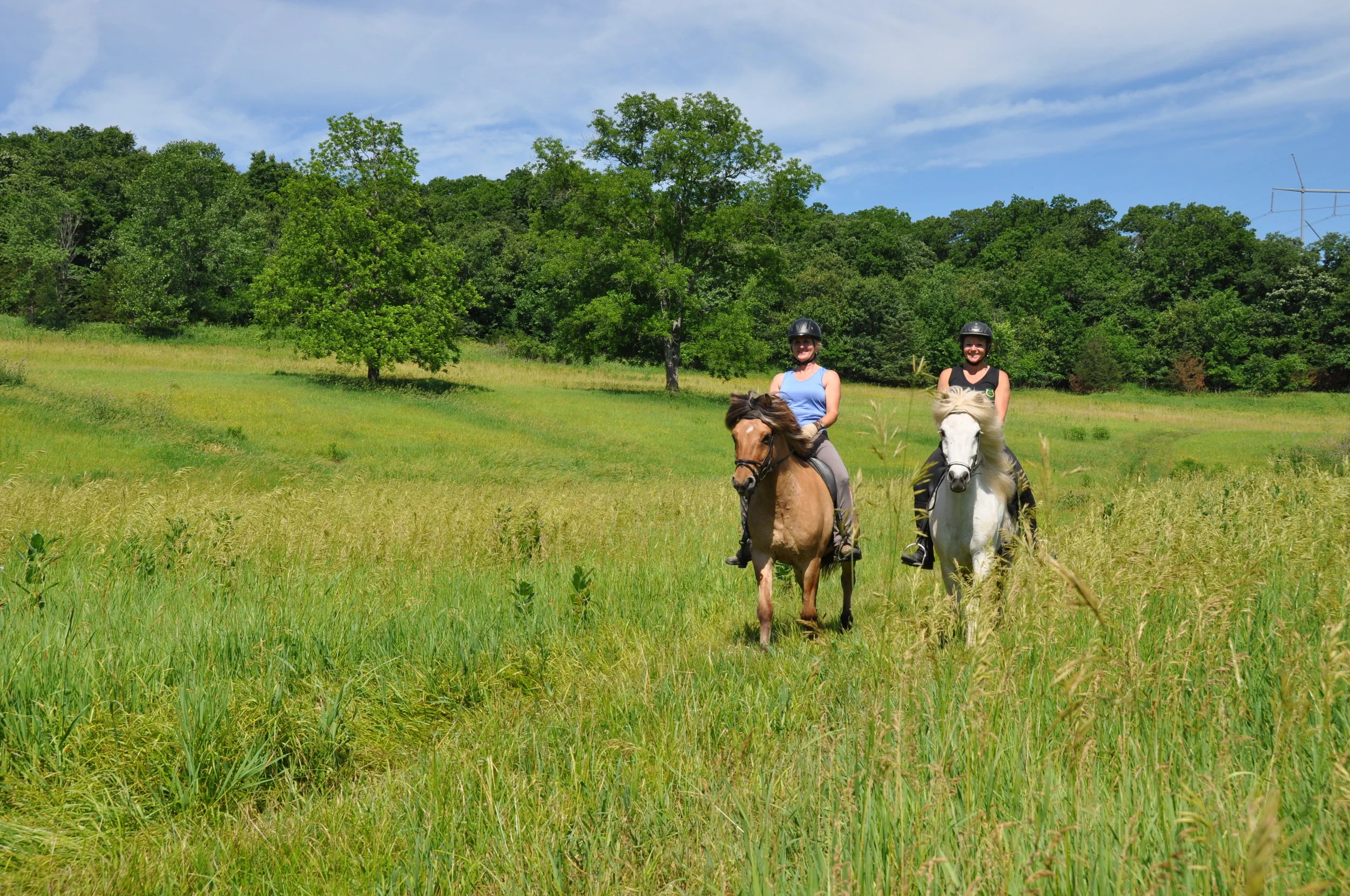“There is no more sagacious animal than the Icelandic horse. He is stopped by neither snow, nor storm, nor impassable roads, nor rocks, glaciers, or anything. He is courageous, sober, and surefooted. He never makes a false step, never shies. If there is a river or fjord to cross (and we shall meet with many) you will see him plunge in at once, just as if he were amphibious, and gain the opposite bank.”
― Jules Verne, Journey to the Center of the Earth
THE ICELANDIC HORSE
Icelandics are one of the “purest” horse breeds, known for their strength, agility, spirit, adaptability and sure-footedness. Horses first arrived in Iceland during the 9th century with the Viking settlers from Norway and the Celtic settlers from the British Isles. Since 1100, the import of horses into Iceland has been forbidden by law, ensuring the purity of the bloodlines. Today, breeding of registered Icelandic horses is carefully monitored by the world governing associations. They are steady and safe under saddle and always eager to please.
Icelandics are friendly and willing companions, graced with thick manes, long tails and over 100 color combinations – the most of any horse breed. Averaging between 13 and 14 hands, the mighty Icelandic has a presence that is anything but small. They are extremely sturdy and versatile animals and are used for pleasure riding, trekking, sport racing, dressage, herding, search and rescue and even jumping. Icelandics are also easily trained to do a long list of horse “tricks.”
The Icelandic horse is renowned for its five natural gaits; walk, trot, tölt, canter and pace. Most interesting to Americans is the tölt, a very smooth four beat gait, similar to the rack of the Tennessee Walker or Paso Fino. It is very comfortable for trekking but can also be performed at high speeds. Some Icelandics have a fifth gait called the flying pace or passe. In the flying pace, hooves on the same side of the horse touch the ground together. There is a moment of suspension when all hooves are off of the ground and the rider appears to be “flying.” The pace is performed at top speed of up to 30 miles per hour.
Perhaps most endearing is the Icelandic’s temperament; friendly, calm and trustworthy. Icelandics are always happy to greet their humans and easily amenable to the task at hand. The Icelandic Horse Breed is a cultural icon in Iceland, where the sport of riding brings in more money to the economy than all other sports but soccer. With 320,000 people (fewer than in Des Moines) and 80,000 horses, there is a horse for every family in Iceland. Harmony Icelandics hopes to bring more of these special horses to Iowa.
“I have never been around an animal that I felt wanted to please me so much. If she had been my first horse, she would have been my last.”
FUN facts about the icelandic horse
- The Icelandic is small but mighty. Although they are usually only 13-14 hands tall, these little horses are strong and hardy.
- The Viking parliament forbade horse imports to Iceland, resulting in purebred and nearly disease-free Icelandic Horses for more than 1,000 years (and counting!).
- The Icelandic Horse can perform five gaits: walk, trot, tölt, canter and pace. The tölt is exceptionally smooth and covers ground quite quickly!
- Icelandic horses have become popular for their easy-going and friendly temperament.
- Once and Icelandic horse leave the country, it can never return to Iceland.
- Genetically, the Icelandic shows some similarities to the Mongolian Horse and shares ancestors with the Shetland, Connemara and Highland ponies. Their ancestors first came to Iceland around 900 AD with Viking settlers.

